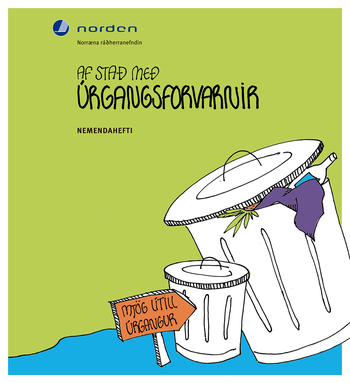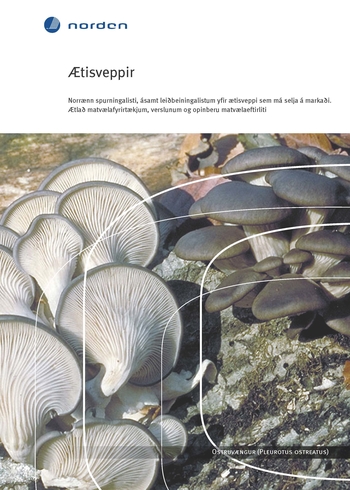Analysis, occurrence, and toxicity of ß-methylaminoalanine (BMAA)
A risk for the consumer?

Upplýsingar
Útgáfudagur
Lýsing
In 2005 an international research team reported that cyanobacteria living in symbiosis with plants or living free in lakes and oceans are able to produce the non-protein amino acid -methylaminoalanine, also known as BMAA. Some years earlier the American scientists in this team had reported that BMAA could be found not only in the brain from diseased patients of the Chamorro people on Guam having the neurodegenerative diseases amyotrophic lateral sclerosis (ALS) and Parkinsons dementia (PD), but also in two patients with Alzheimers disease in Canada. A very high incidence of ALS and PD among the Chamorro people had been known since after the Second World War and had been linked to the use of flour prepared from the seeds of the local cycad tree, which had been shown to contain BMAA. As surface water is frequently purified and used as drinking water, it was hypothesised that low level of contamination of drinking water with BMAA from the cyanobacteria might reach the human brain and over time result in neurodegenerative disease. This reports aimed at scrutinizing this hypothesis, and concludes that BMAA is unlikely to occur in drinking water and be responsible for these neurological diseases in the Western World.
Útgáfunúmer
2007:561



